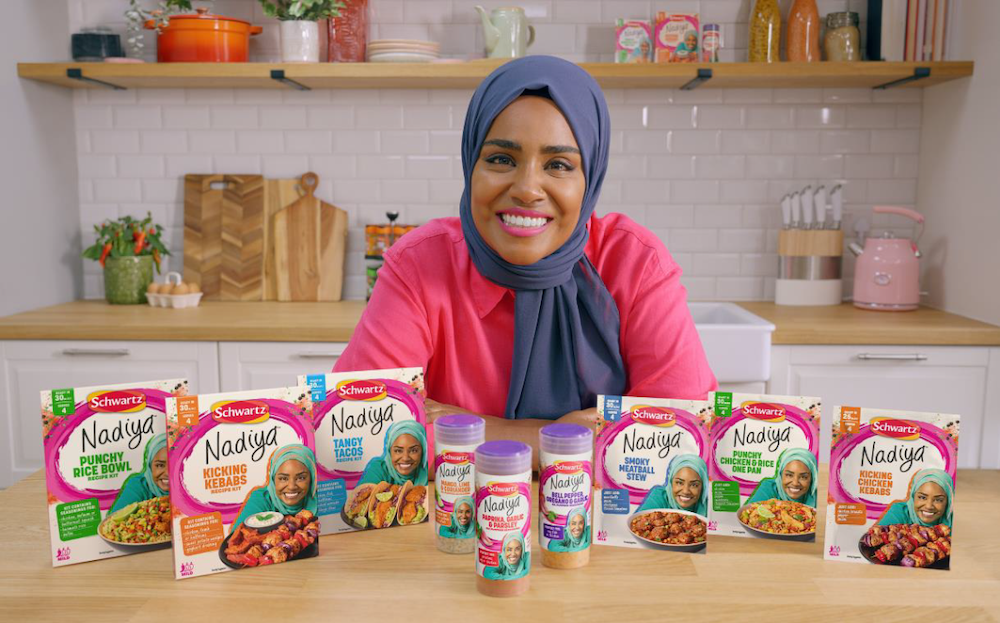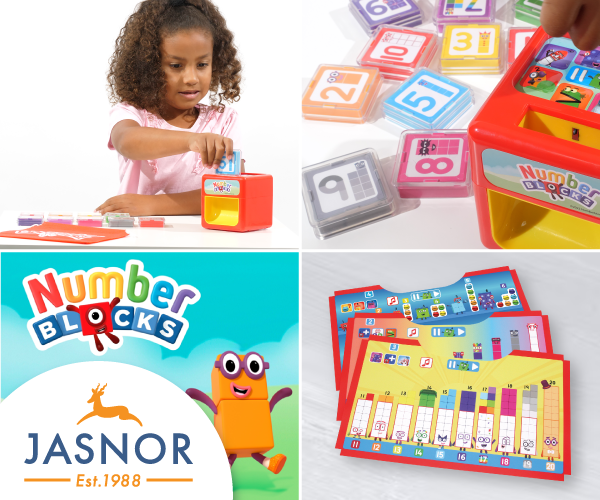The recently announced nominations for the Brand & Lifestyle Licensing Awards (The B&LLAs) in the UK have shone a light on the development in a sector of licensing that is growing in importance in the market. There are arguably a number of reasons for the growth in the prominence of brand and lifestyle licensing. One explanation is that brand owners in the market are now more tuned into the benefits licensing can bring them including consumer engagement and revenue generation. This is especially true for heritage brands.
It is also reasonable to argue that brand licensing is a little more predictable than other forms of licensing most notably entertainment licensing. It is not subject to scheduling nor release dates and allows licensees to prepare their plans with more certainty. This is a plus point for licensees. Generally it is a category that also brings a lot more insight with it as brand owners can share brand research including consumer data which allows licensees to develop products that are ‘on brand’. Indeed they can share consumer insights that can help validate product development and strengthen retail sell in.
The B&LLAs cover a spectrum of categories and product areas. Analysis of these categories and nominees gives a good insight into some of the current trends in the market. Firstly it is worthwhile reflecting on some of the brands that feature in the market. Museums and galleries are a core part of the market with stalwart brands such as the Victoria & Albert Museum and the Natural History Museum still featuring. But there are newer players from this sector making a noteworthy impression including The Ashmolean Museum which is part of the University of Oxford and the Van Gogh Museum.

Other categories that are significant in brand licensing include FMCG with brands like Haribo, Marmite, Kikkoman and Chupa Chups featuring in the nominations. Licensing allows brands like these to explore new product categories such as fashion and accessories whilst in their core FMCG category licensing can help them deliver NPD beyond their own development capabilities. A good example of this is Marmite working with Nairn’s to create a range of Marmite Cheese Oatcakes. Brand owner Unilever aren’t active in this part of the market so licensing allows them to feature in it.
Increasingly celebrity brands are making an impact as well. This ranges from social media influencers through to TV personalities. TV chef Nadiya Hussain’s range of recipe kits and seasonings from Schwartz are a good example of a well known brand such as Schwartz choosing to work with a personality like Nadiya to develop a new range of products in an authentic way. Schwartz are leaning on Nadiya’s knowledge to aid their product development and using her profile to give them a distinct position in a competitive market sector.

Licensees also recognise that working with influencers can help them develop their consumer relationships and build a platform for their marketing especially through social media channels.
Looking at a specific category like apparel reveals the mix of brands that are operating in the brand licensing market these days. This category in the B&LLAs includes nominations for apparel ranges featuring brands such as the Ashmolean Museum, Playboy, Coca-Cola, Ford and MTV. It is also worth noting that retailers are increasingly receptive to brand licensing and it is not uncommon to see dedicated space for licensed brands in retailers these days. In the fashion category retailers like Primark have recognised the commercial potential for brand licensing and are supportive of developments in it.
The B&LLAs were also a useful guide to creativity and innovation in the brand licensing market. A few examples of this include garden centre chain Blue Diamond working with the Royal Horticultural Society to create a range of garden products and seeds sold exclusively through their garden centres. This reinforces the value that retailers see in brand licensing. Another good example of creativity highlighted in The B&LLAs is the Treasured Collection of paints developed by paint company Graphenstone with The Ashmolean Museum. Graphenstone have developed a collection of 16 paints with the colour shades based on artefacts from the Museum’s collection for example the Kingfisher Blue paint colour is based on a painting of a kingfisher by John Ruskin which is on show at the Ashmolean. This range is a great example of how brand licensing can help licensees build ranges in an authentic way and also develop a backstory to their products. Brand licensing is definitely added value licensing.
The B&LLAs show that brand licensing is a strong force in licensing these days and I am sure they have encouraged other brand owners to think about what licensing could deliver for their brand. The fact that organisations such as Unilever and Coca-Cola are active in the marketplace is a measure of its potential and the trust brand owners place in it. The B&LLAs should also encourage licensees and retailers to add brand licensing to their offer not least because of the creative potential that brand licensing offers coupled with its ability to engage with consumers. Brands bring an engaged audience with them.
This article was written by Ian Downes, Director at Start Licensing Limited, for The Bugg Report.










